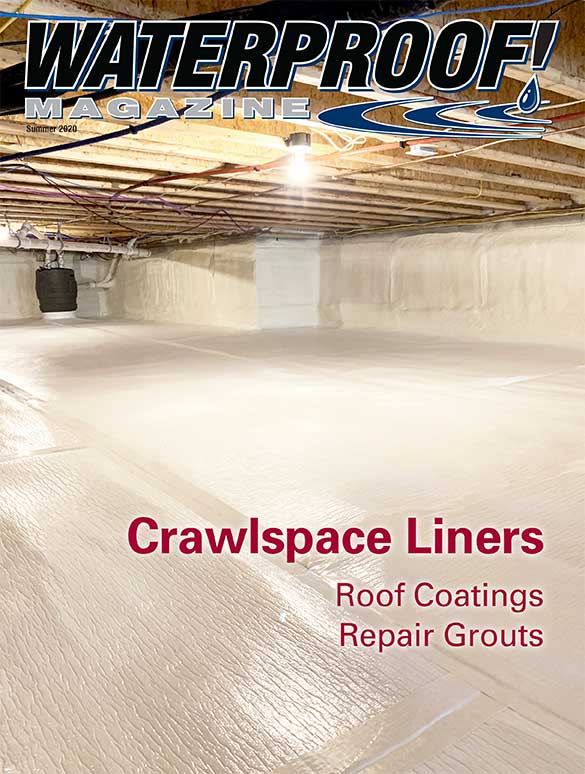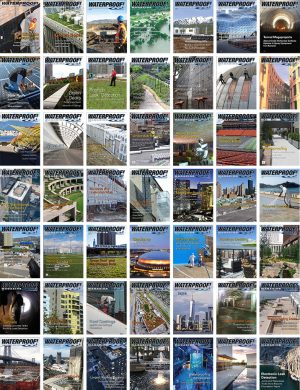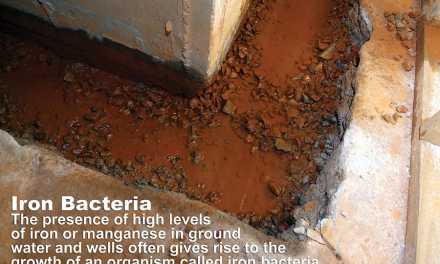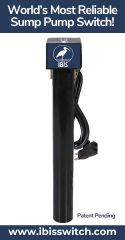By Diana Parks
As the coronavirus continues its debilitating impact on the health of individuals, economies, and world markets, it’s only a matter of time before Covid-19 directly affects U.S. construction projects.
There are some things those in the U.S. construction industry can do to prepare for its effects and mitigate the potential harm to people and projects.
Diana Parks is a partner at the international law firm Dorsey & Whitney. She has extensive experience advising both private and public clients in all aspects of complex infrastructure projects, and has led projects for large design-build teams and worked as the lead construction representative on agreements, subcontracts, and other documents. She says there’s some simple, initial steps, that construction contractors and owners should take to improve their ability to deal with the potential impact of an outbreak.
Start at the Beginning: Contract Force Majeure and Suspension Rights
Parks says, “First, dust off that prime construction contract. Find the force majeure clause and determine if an epidemic or pandemic is expressly included in its definition.”
Force majeure is a common clause in contracts that essentially frees both parties from liability or obligation when an extraordinary event or circumstance beyond the control of the parties—such as a war, strike, riot, or an event described by the legal term “act of God”—prevents one or both parties from fulfilling their obligations under the contract. Most force majeure clauses do not excuse a party’s non-performance entirely, but only suspend it for the duration of the force majeure.”
She continues, “Even if those precise words are not included, common boilerplate language in such clauses, like ‘an act, event, or occurrence caused by acts of God, explosion, public enemy, civil disturbance, unusual and adverse weather, or other similar act, event or occurrence that is beyond the reasonable expectation or control of the parties,’ arguably encompass large-scale outbreak of a novel disease.”
Some federal contracts will use the express term “epidemics” and “quarantine” if not in the contract itself, in the Federal Acquisition Regulations which govern the contract, and thus provide a basis for excused non-performance. “No matter the contractual or code provision you look to, remember that notice and preservation of rights must be part of your communication and action plan,” Parks says.
“As coronavirus continues to spread, some may suggest its impact will no longer be ‘unforeseeable’ or ‘beyond the reasonable expectation’ of the parties. That is especially true if a contract was made in recent months, after concerns over the virus were made public. Nevertheless, there may be good arguments that coronavirus should still give rise to excusable delay under many force majeure clauses because, even if it is foreseeable that it may spread to your project (i.e., not beyond ‘expectation’), such a spread of infection is still beyond a party’s ‘reasonable control,’ ” Parks says.
What if, in your contract, there is no force majeure clause or the one written excludes outbreak or spread of disease as giving rise to an excusable delay? While it may be true that, by default, all or most of the risk of project delay rests with the contractor, project owners should give careful consideration to the consequences of forcing or attempting to force continued construction activities amid an outbreak of a disease in their project’s locale. State and federal government, through (among other things) health and safety regulations, likely have the power to stop a project through a stop work order or injunction.
“A more prudent course of action might be to negotiate favorable terms of a suspension of work with the contractor and maintain good relations among the project team and the authorities having jurisdiction over the project,” Parks says.
She continues, “Owners should also look to their suspension rights in the contract. Often, these rights allow an owner to suspend for a period of time without increase to the contract price.” Other provisions may permit a contractor to request a change order, but only for site-related overhead and other standby charges. Even if a suspension right is limited to 30 days, that is valuable time to watch how infection spreads in your project locale and develop a corresponding plan for how to proceed with the work. If your project is suspended, use that time wisely. Work among your project team to implement a daily jobsite health screening plan, better sanitary amenities and infection control procedures.
Contractors rarely have a suspension right written into their contracts but may wish to advocate for such a right in upcoming projects to account for specific issues that may arise during construction, like an outbreak of coronavirus in or around the project locale.
What if the applicable contract is silent as to unavoidable delay protections and a no-cost suspension right? Parks says, “There are common law doctrines such as frustration of purpose, commercial impracticability, and impossibility, that a court may use to grant relief if a party to a construction agreement is struggling to meet its demands due to disease. However, seeking this relief takes time and courts are often reluctant to use these common law tools to interfere in projects. Instead, perhaps it’s time for the parties to call a meeting among decision-makers to come up with a plan. That plan should be evidenced by an amendment to the prime construction contract and a revision to the construction schedule. Proactive management and planning is key to keeping people and projects healthy.”
Call Your Broker
Construction executives should know if their insurance coverage includes epidemic-related damages. If not, they should call their broker and ask, “Do I have insurance coverage for an interruption to my business and projects due to coronavirus?”
Coverage may come from more than one source. Business interruption coverage is a common endorsement to a commercial property policy. This may or may not offer coverage, depending on the terms of the policy and whether the impact of the virus constitutes an “occurrence.” There are other possible avenues for coverage, as well. Consider trade disruption insurance, especially if you have a supply chain originating outside of the United States.
Travel insurance might be another option to cover expenses. If project managers, project executives, owner’s representatives or others frequently fly to, and use temporary lodging while at a project site, these costs might be covered if a trip is canceled due to outbreak.
Parks says, “Consider additional voluntary workers compensation coverage that includes outbreak of sickness or disease. Lastly, consider looking to your builders risk coverage in the event a shutdown causes physical loss to covered property. Now is the time to seek assistance from a professional insurance counselor to discuss coverage already in place and additional policies and coverage that might be available.”
Talk to the Lender
No one likes to approach their banker with a current or expected payment problem – especially on construction projects. But lenders prefer working through issues as they arise to find solutions that will protect their loans and prevent their borrowers from defaulting.
“Rather than letting things go until it is too late, be proactive,” Parks says. “Work with your lender to determine the best course of action, which has the added benefits of providing notice and protecting the lender’s rights in the contracts and the projects. This adds up to further protection for you from committing an inadvertent default.”
Apply an Ounce of Prevention
“Problem solvers attack the problem, not the people, so focus efforts on the virus. We all know how hard folks in the construction industry work. Ten- or twelve-hour workdays at a jobsite are normal. But for infection control purposes, that means a good deal of opportunity for transmission of illness. To make matters more challenging, construction-site sanitation is frequently less stringent than that in a corporate office environment. It doesn’t have to be, however, and for a little extra cost, this can be changed,” Parks says.
“Owners and contractors can and should work together to implement sanitation and infection control improvements on the jobsite. It could mean the difference between continuing operations and shut-down. Hand washing stations are an idea some contractors are already deploying. It may not be extreme to adopt other more protective measures, too, like screening workers entering the site for fever or illness. Safety has always been a critical part of a job well done in the construction business. But today, a new threat of danger – not from physical injury at the jobsite but from contagious disease – should be included in the jobsite safety plan,” Parks says.
Diana Parks is one of the foremost experts in the country on infrastructure projects, and a partner at the international law firm Dorsey & Whitney LLP, a Minneapolis-based law firm with more than 500 lawyers in 20 offices in the United States, Canada, Europe, and Asia. They can be contacted through the company website www.dorsey.com.
Summer 2020 Back Issue
$4.95
Grouts for Waterproofing and Structural Repair
The Crawlspace: Link to a Healthy Home
Waterproofing Your Crawlspace
High Performance Crawlspace Liners
Working In an Era of Covid
Elastomeric Coatings: Misconceptions, Myths, and Key Considerations
AVAILABLE AS DIGITAL DOWNLOAD ONLY





















